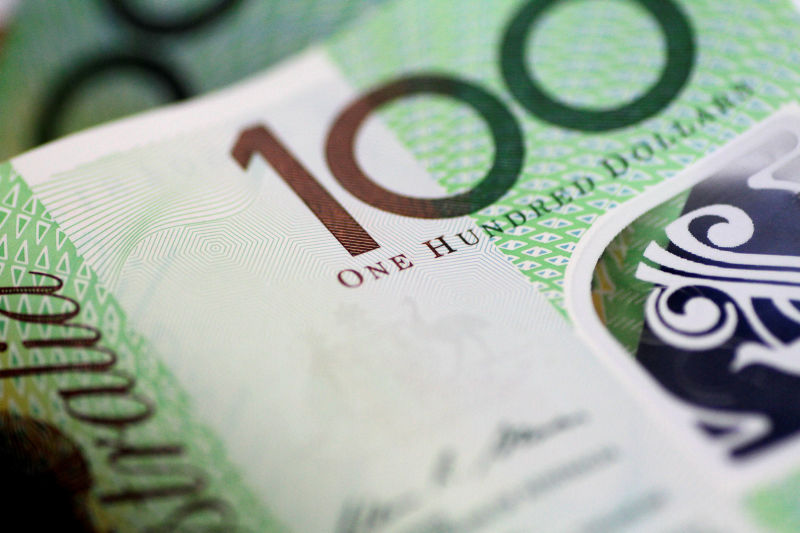Australia’s sovereign wealth fund said on Tuesday it had reduced its exposure to stocks in anticipation of greater risk as central banks around the world tighten their post-pandemic stimulus measures.
The Future Fund reduced its exposure to stocks by 2 percentage points to 31% in the three months to December as it warned that inflation and rising interest rates could imperil future equity gains.
“We anticipate lower returns in the future,” Raphael Arndt, Future Fund chief executive, said.
“The portfolio continues to be positioned with a neutral risk setting and around the middle of the range we would normally expect,” he added.
“However, we have taken some risk off, particularly in the listed equities program, given the run-up in prices and our view is that risk is likely to be less well-rewarded in future.”
“In response we are seeking out opportunities to access value from less liquid and more skill-based investments and working our relationships with partners to identify more focused opportunities both to secure returns and to manage risk.”
The funds’ warning comes as central banks around the world begin to tighten the monetary stimulus rolled out to combat the economic impact of the coronavirus pandemic.
Stocks have been hit particularly hard this year around the world, with the S&P 500, Wall Street’s benchmark, experiencing its worst January since the depths of global financial crisis in 2009.
‘Biggest Challenge’
“The biggest challenge for investment at present is rising inflation, rising interest rates and the effect these will have on asset prices,” said Peter Costello, chair of the fund’s board of guardians.
“We have come through a period of exceptional stimulation through monetary policy [and the] adjustment will be significant.”
Arndt added that the fund was seeking to increase its exposure to less liquid and more skill-based investments in anticipation of a period of lower returns.
“Looking ahead we remain focused on sustaining a portfolio that is as robust as possible to a range of scenarios, and that balances our risk and return objectives.”
The Future Fund rose by 19.1% in 2021, far exceeding its 7.5% target, bringing its total assets under management to A$204 billion ($144.1 billion).
“Over 10 years the fund has delivered a return of 10.8% per annum against a target of 6.2% per annum,” Costello said.
“Investment returns have added over A$143 billion to the A$60.5 billion originally contributed by the government when the fund was established in 2006.”
- George Russell
READ MORE:
Australia’s Woodside Exit from Myanmar to Cost $200m
Covid-Hit Australian Warship Arrives in Tonga with Aid
Australian Core Inflation Near 8-Year Peak in Major Shock























